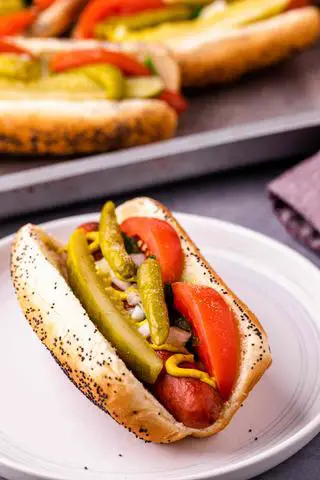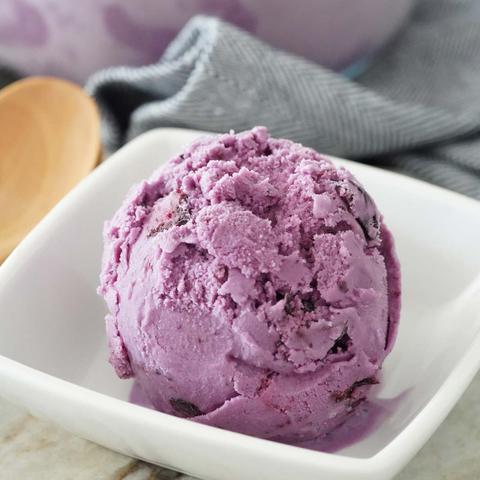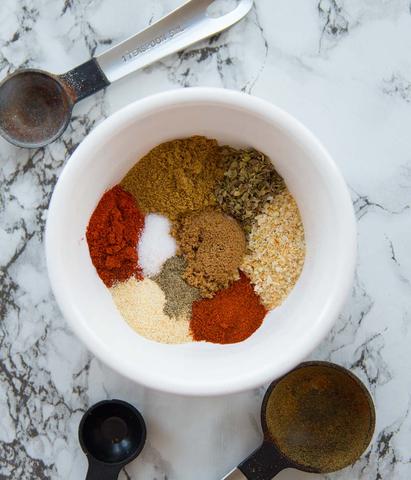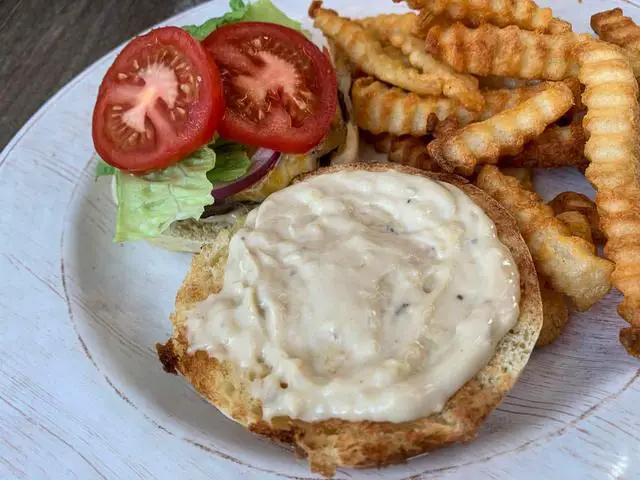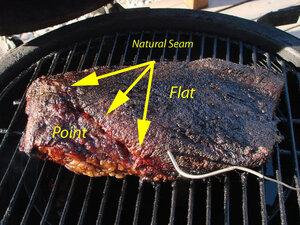
Discover the Ultimate Brisket Destination: Unveiling the Best Places to Probe!
Where to Probe Brisket? (with Pictures!)
When smoking brisket, it’s important to know where to probe for accurate internal temperature readings. The point side of the brisket tends to read higher and finish faster than the flat, so it’s best to probe near where these two muscles meet – at the thickest point of the flat muscle. This area serves as a middle ground between the fast-finishing point and slow-finishing flat.
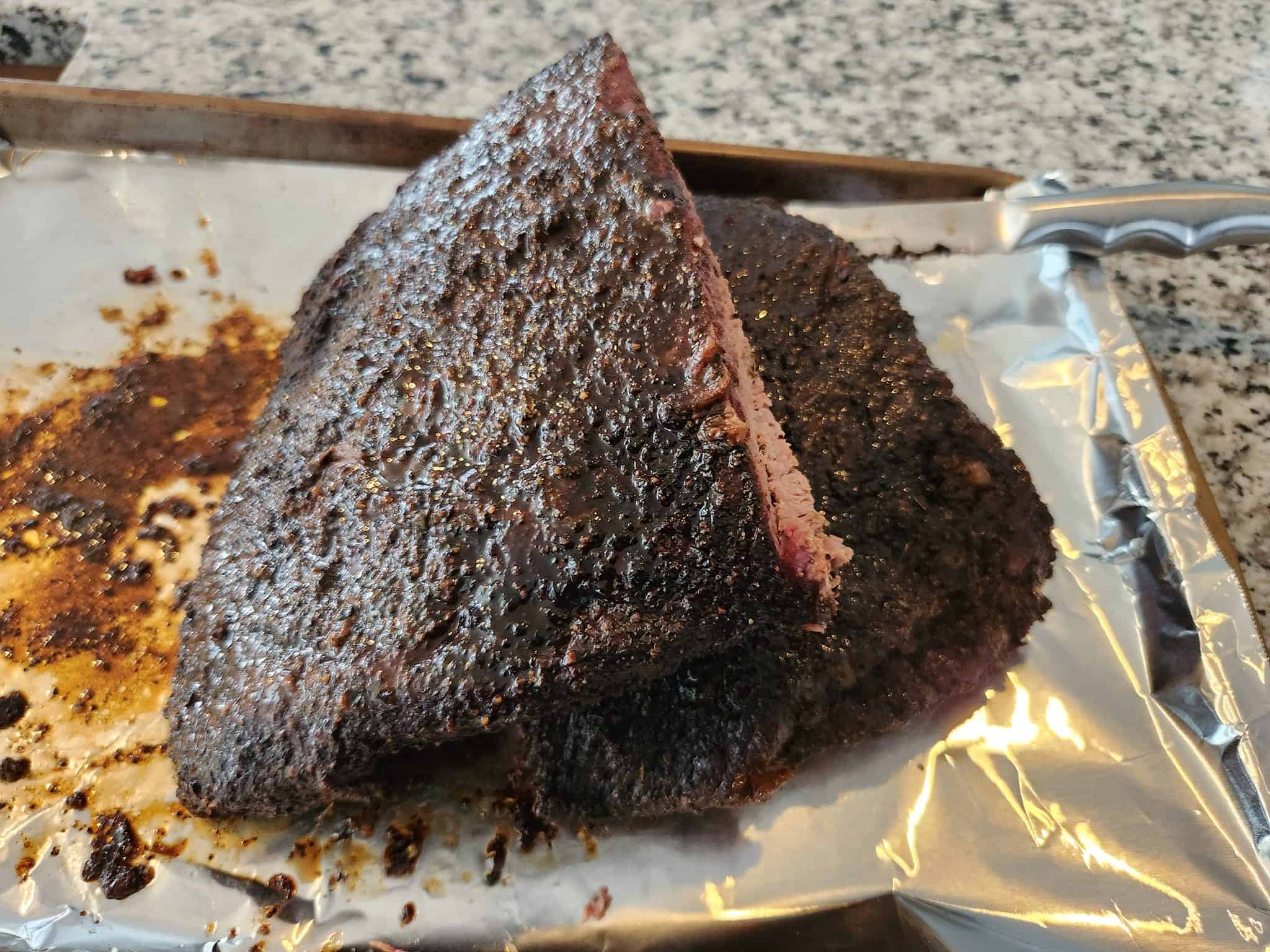
Through wrapping of the brisket, carry over cooking occurs, causing both the flat and point to finish at around the same temperature, usually in the range of 200-210F. However, it’s important to note that probe tenderness is more crucial than internal temperature when determining if brisket is done. The most common indicator of tenderness is when a probe glides through all parts of the brisket like soft butter.
Probing the Flat

When smoking brisket, it is important to know where to probe for internal temperatures. The point side of the brisket tends to read higher and finish faster than the flat. To get an accurate reading, it is best to probe near where these two muscles meet, which is at the thickest point of the flat muscle. The flat muscle takes the longest to finish and reach tenderness because it is a tight grained muscle with less fat than the point.
By probing near the thickest part of the flat, you can determine when you are nearing the end of the stall. This is usually around 174F, indicating that carry over cooking will naturally occur and both the flat and point will finish at around 200-210F. Temperature alone should not be relied upon as a determinant of when to wrap your brisket or when to foil boat. Waiting until at least 170F or when the probe slides through like soft butter is a better indicator of tenderness.
If there are spots on the brisket that still feel slightly tight even though most of it is probe tender, you can resolve this by extending the rest/hold overnight. However, if all parts of the brisket feel probe tender, you should rest for at least 2 hours until it reaches slicing temperatures before serving or continue holding overnight at 145F.
Probing the Point
When smoking brisket, it is important to understand that different parts of the meat will cook at different speeds. The point side of the brisket tends to read higher temperatures and finish faster than the flat. Therefore, when probing the brisket, it is best to probe near where these two muscles meet, which is at the thickest point of the flat muscle.
The temperature near the flat burnt ends may read 167F, but as we move up towards the thickest part of the flat, we can see that the temperature reaches 174F. This indicates that we are nearing the tail end of the stall. On the other hand, when probing the point during the same time frame, the internal temperature reads 184F.
It is important to probe in this middle ground between the point and flat because it allows for a more accurate representation of when both muscles are finished cooking. Through wrapping and carry over cooking, which naturally occurs when wrapping a brisket, both the flat and point will finish at around 200-210F.
Probing for Tenderness
When it comes to determining the tenderness of a brisket, using a probe is essential. Towards the end of the cooking process, you should use your probe to glide through all parts of the brisket. The commonly accepted indicator of tenderness is when the probe feels like it’s sliding through soft butter. This means that there should be no resistance or tightness as you insert the probe into the meat.
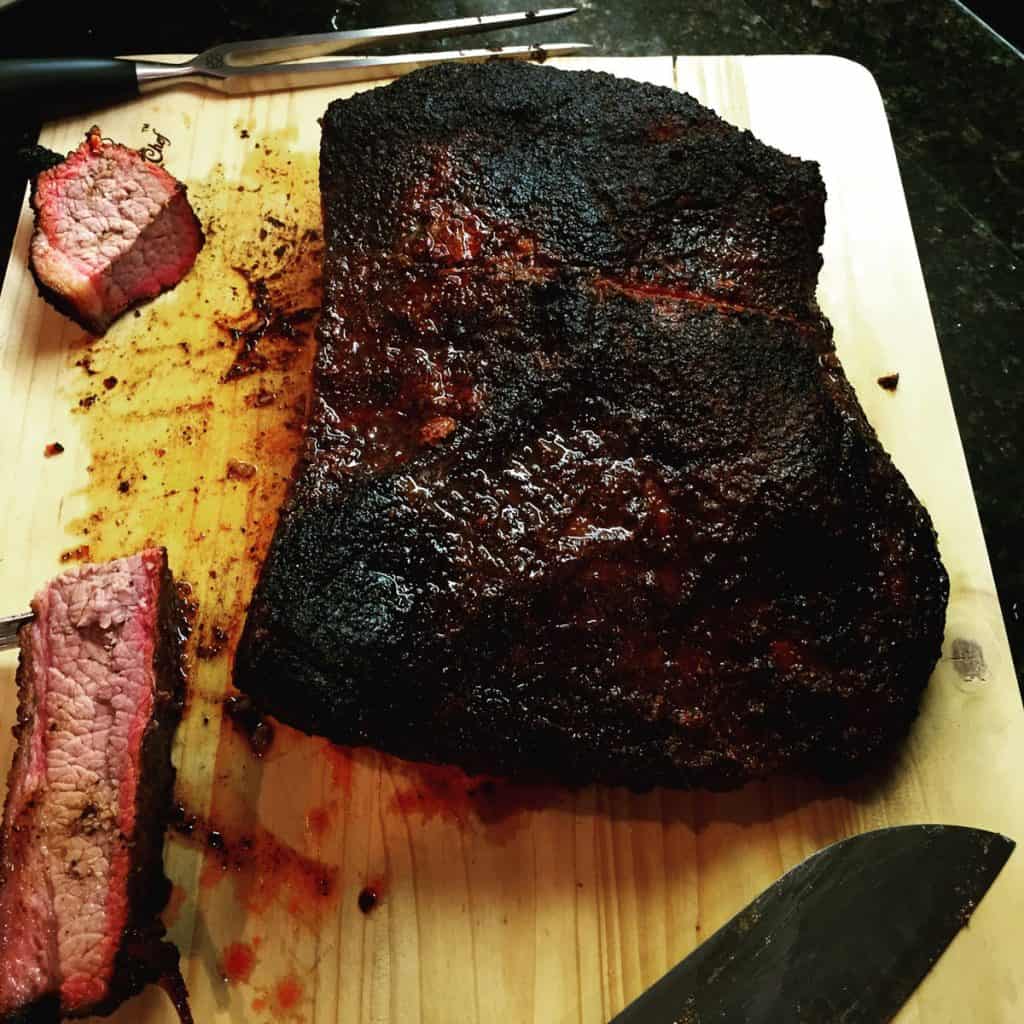
To ensure accurate results, it is important to take readings from the same location each time you probe. As mentioned earlier, different parts of the brisket will finish at different speeds due to variations in muscle composition. Therefore, focusing on one specific area, such as the thickest part of the flat muscle, will give you a more consistent measure of tenderness.
If most parts of the brisket feel probe tender but there are still areas with slight tightness or resistance, you can resolve this by giving it an extended rest or hold overnight. This allows for carry over cooking to continue happening and helps to further tenderize those spots. However, if all parts of the brisket feel probe tender, it is recommended to rest it for at least 2 hours until it reaches slicing temperatures around 160F before proceeding with slicing or holding overnight at 145F.
Final Thoughts
When smoking a brisket, it is important to understand that different parts of the meat will cook at different speeds and reach different internal temperatures. The point side of the brisket tends to finish faster and read higher temperatures compared to the flat side. Therefore, when probing the brisket, it is recommended to probe near where these two muscles meet – at the thickest point of the flat muscle.
The thickest part of the flat muscle serves as a middle ground between the fast-finishing point and the slow-cooking flat. It is also important to note that wrapping the brisket will cause carry over cooking, which helps ensure that both the flat and point finish at around the same temperature, usually in the range of 200-210F.
While internal temperature can be used as a guide for wrapping or foiling, probe tenderness is considered more important in determining if a brisket is done. The most common indicator of probe tenderness is when the probe slides through all parts of the brisket with no resistance, similar to sliding through soft butter. Waiting until at least 170F or even 175-180F in the thickest part of the flat before wrapping is recommended.
In conclusion, when it comes to probing brisket, the optimal location is the thickest part of the meat. This ensures an accurate reading of its internal temperature and guarantees a perfectly cooked and tender outcome. Remember to avoid hitting bones or fat pockets for precise results. Happy grilling!
Learn More About Grilling
If you want to learn more about grilling, check out these other helpful resources!

